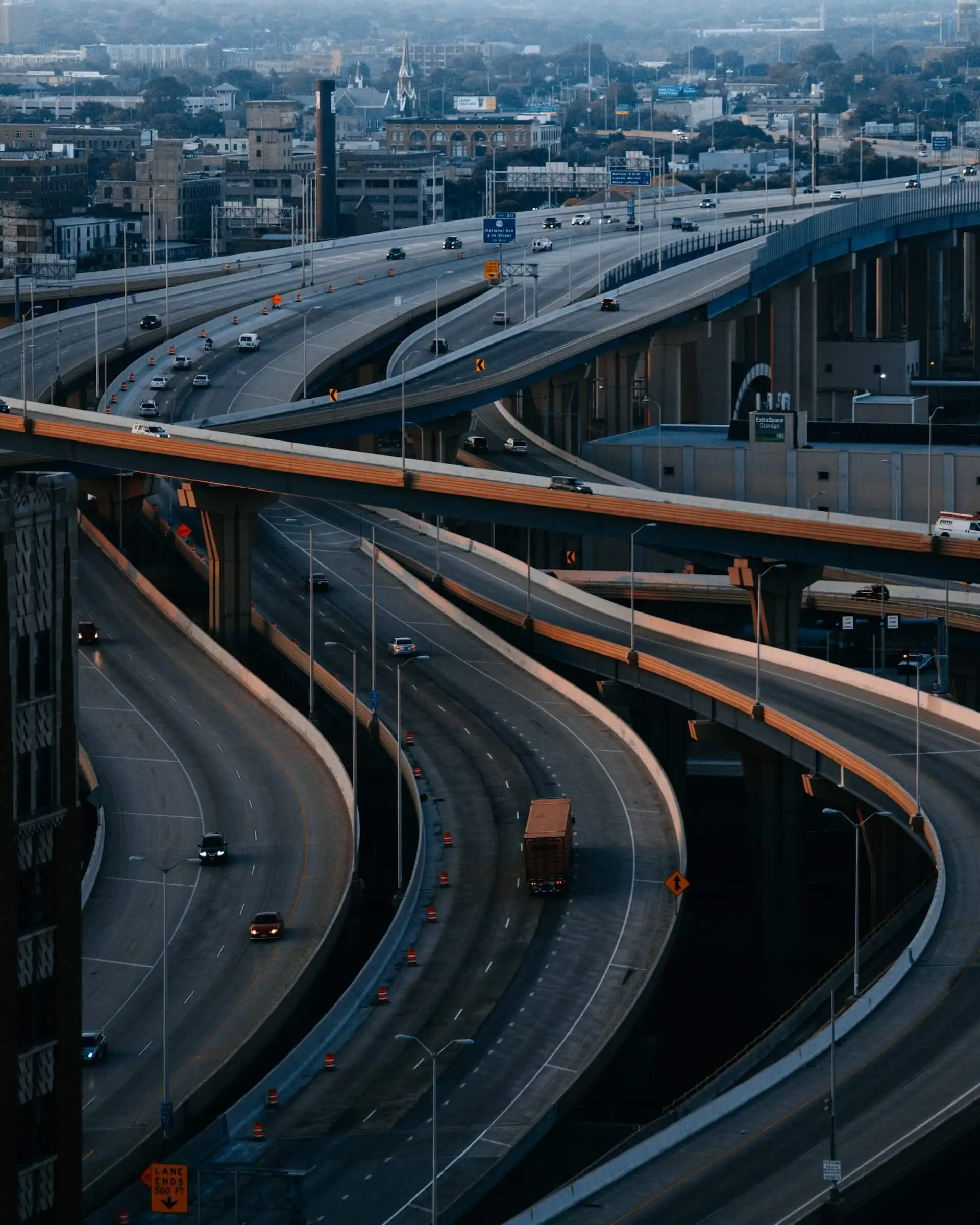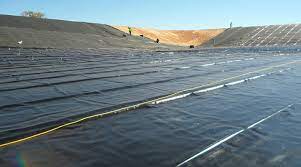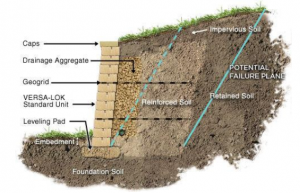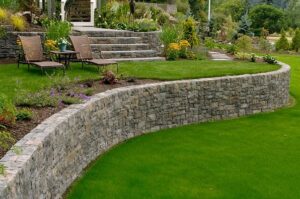Case Study: Chemical Project, West Bengal – Ensuring Safety and Containment with Ocean HDPE Liner
Introduction
The chemical industry forms the backbone of industrial growth in India, contributing nearly 7% to the national GDP and employing over 2 million people across manufacturing and processing units (source: Ministry of Chemicals & Fertilizers, 2024). However, chemical manufacturing and waste handling pose serious environmental risks if not managed properly. One of the most critical components in ensuring chemical safety is the use of Geomembrane liners, which prevent the leakage of hazardous materials into soil and groundwater.
In this case study, we explore how Ocean Non Wovens played a pivotal role in enhancing chemical containment safety through the installation of Ocean HDPE Liner at a Chemical Project in West Bengal, where 1 roll of our premium-grade liner was supplied and utilized.
Table of Contents
Project Overview
- Location: West Bengal, India
- Industry: Chemical Manufacturing and Storage
- Product Used: Ocean HDPE Liner
- Quantity Supplied: 1 Roll
- Purpose: Chemical waste containment and leak prevention
Chemical plants in industrial regions of West Bengal, particularly those dealing with acids, alkalis, solvents, and industrial effluents, require strong environmental safety protocols. The project aimed to establish a secure containment system for hazardous chemical by-products, ensuring no seepage or contamination of nearby groundwater sources.
Challenges Faced in Chemical Containment Projects
Chemical containment structures face some of the most demanding environmental conditions. The key challenges in this project included:
- Chemical Compatibility: The storage and processing areas needed a liner that could withstand continuous exposure to corrosive liquids, solvents, and acidic compounds.
- Temperature Fluctuations: West Bengal’s climate experiences both high humidity and seasonal heat, leading to thermal expansion and contraction stresses on liners.
- Long-Term Durability: The client required a liner that offered long service life (>25 years) and minimal maintenance even under high chemical exposure.
- Leak Prevention: Given the nature of the chemicals, even a small leak could lead to environmental contamination and regulatory non-compliance.
Solution: Ocean HDPE Liner
Ocean Non Wovens recommended and supplied Ocean HDPE Liner, a high-density polyethylene geomembrane known for its excellent chemical resistance, mechanical strength, and impermeability.
Key Technical Features of Ocean HDPE Liner:
| Property | Description |
|---|---|
| Material Type | High-Density Polyethylene (HDPE) |
| Thickness Range | 0.5 mm – 3.0 mm |
| Chemical Resistance | Resistant to acids, alkalis, hydrocarbons, and solvents |
| Tensile Strength | >16 MPa (ASTM D638) |
| Puncture Resistance | >900 N (ASTM D4833) |
| Service Life | 25–30 years (based on UV exposure and chemical load) |
| Permeability | <1 x 10⁻¹⁴ cm/s |
HDPE liners are preferred in chemical industries because they remain dimensionally stable even under varying temperatures and provide superior resistance to stress cracking (source: International Journal of Environmental Engineering, 2023).
Implementation and Installation
The project involved lining a chemical waste containment pit. The 1 roll of Ocean HDPE Liner was custom-sized and pre-tested for chemical compatibility before dispatch.
Steps followed:
- Surface Preparation: The containment area was leveled and compacted to remove sharp stones or debris that could puncture the liner.
- Liner Deployment: The Ocean HDPE Liner roll was carefully unrolled and spread across the containment area using manual handling to prevent stress or stretching.
- Seaming: Fusion welding techniques were used to ensure leak-proof joints, tested through air channel testing for quality assurance.
- Testing and Verification: Post-installation integrity tests were conducted to ensure the liner met ASTM D6392 welding standards.
Why HDPE Liners Are Crucial in Chemical Applications
While most companies focus only on surface protection, few discuss subsurface chemical migration, which can have long-term ecological effects. HDPE liners act as a barrier to chemical diffusion, reducing the risk of harmful leachates seeping into soil and groundwater systems.
According to a study by the Central Pollution Control Board (CPCB, 2022), nearly 62% of industrial groundwater contamination cases in India originate from improper chemical waste storage. Using a geomembrane with certified chemical resistance significantly reduces this risk.
Additionally, HDPE liners also help industries achieve regulatory compliance under CPCB and MoEFCC norms, which mandate secondary containment systems for hazardous waste facilities.
Unique Insights from the Project
One critical insight from this project was the importance of pre-installation chemical compatibility testing. While HDPE liners generally perform well across various chemicals, the performance can vary based on the specific concentration, pH level, and exposure duration of each chemical.
Ocean Non Wovens conducted lab-scale immersion tests on small samples of the liner with the chemicals used at the site. This ensured that the product would not experience swelling, cracking, or degradation over time — a step many installers overlook.



